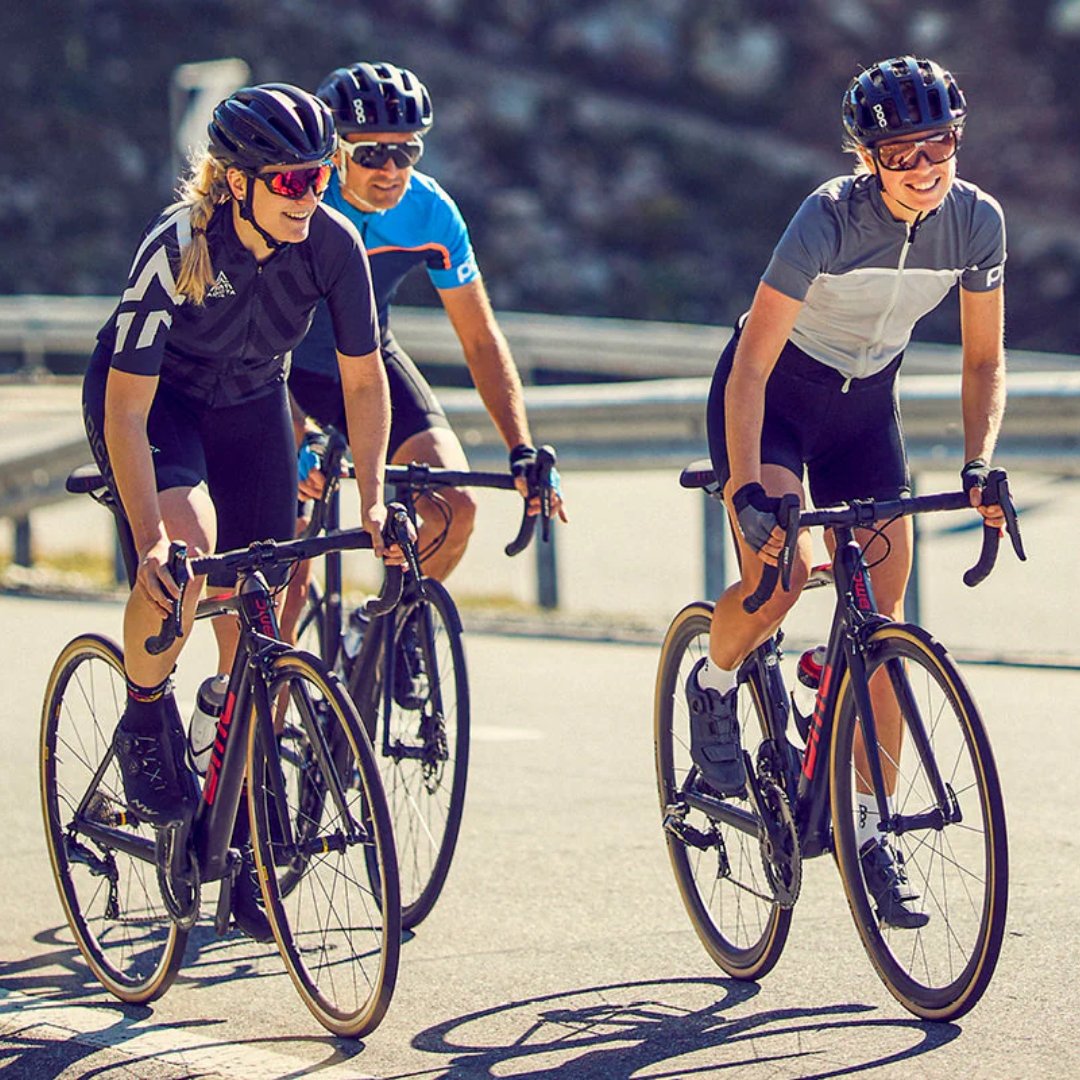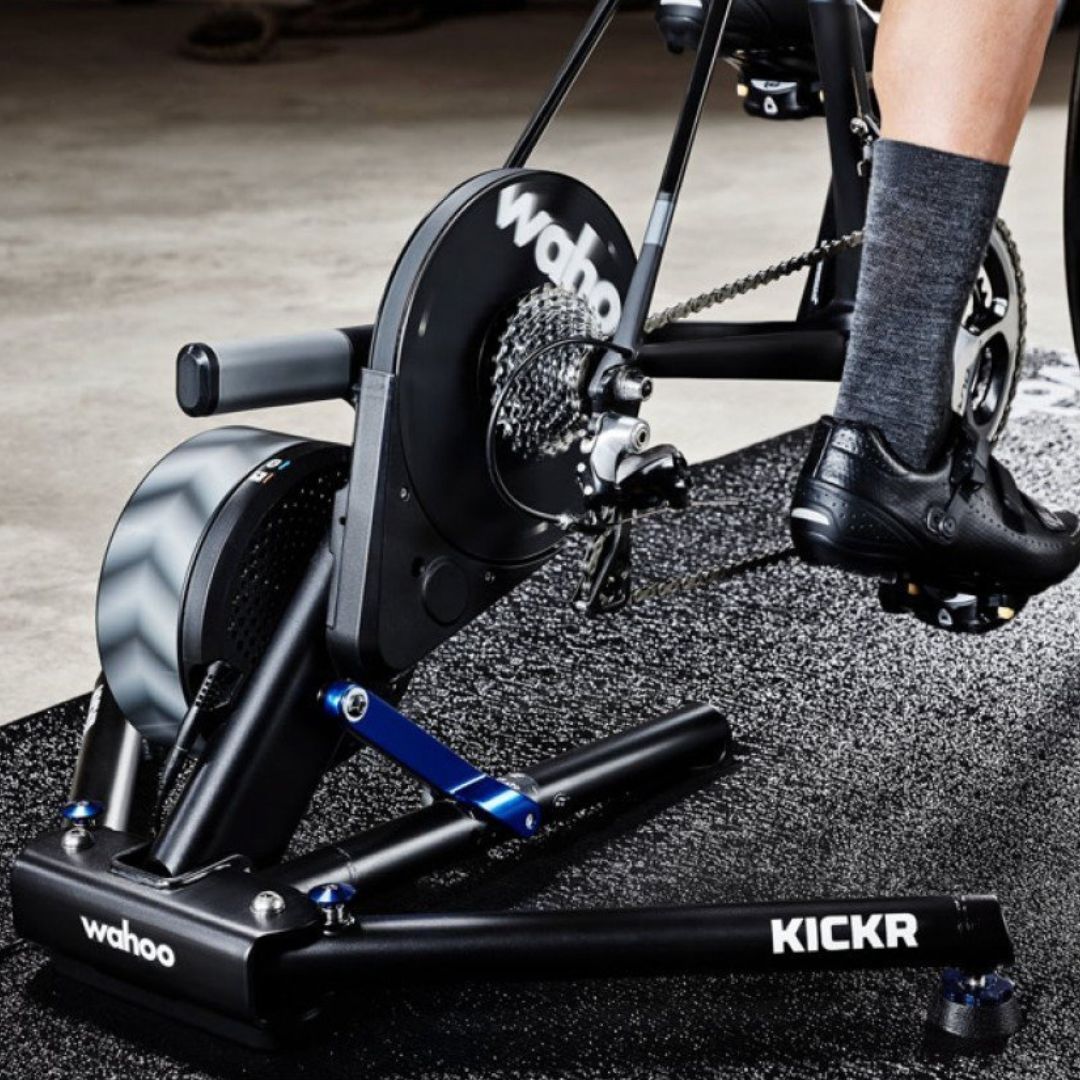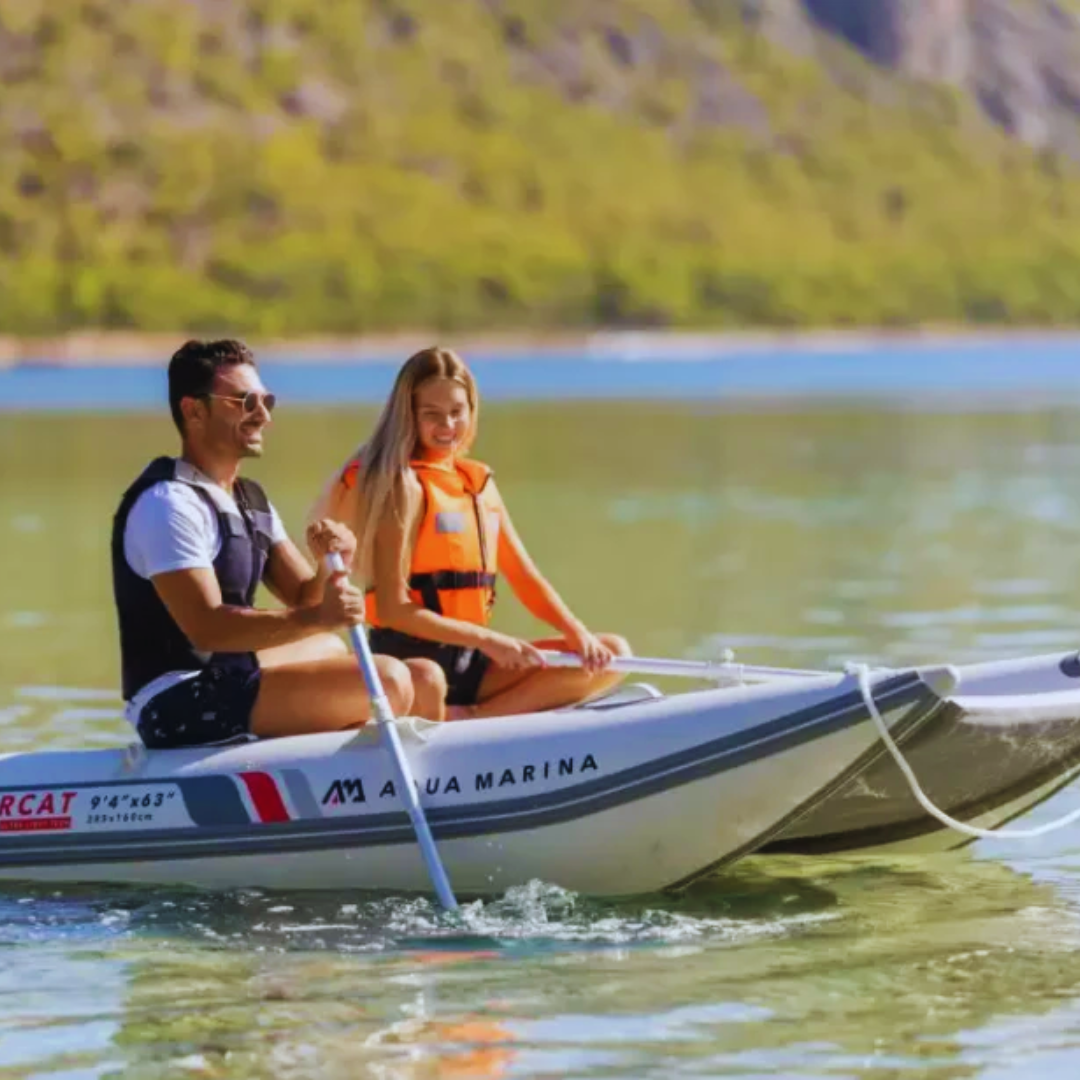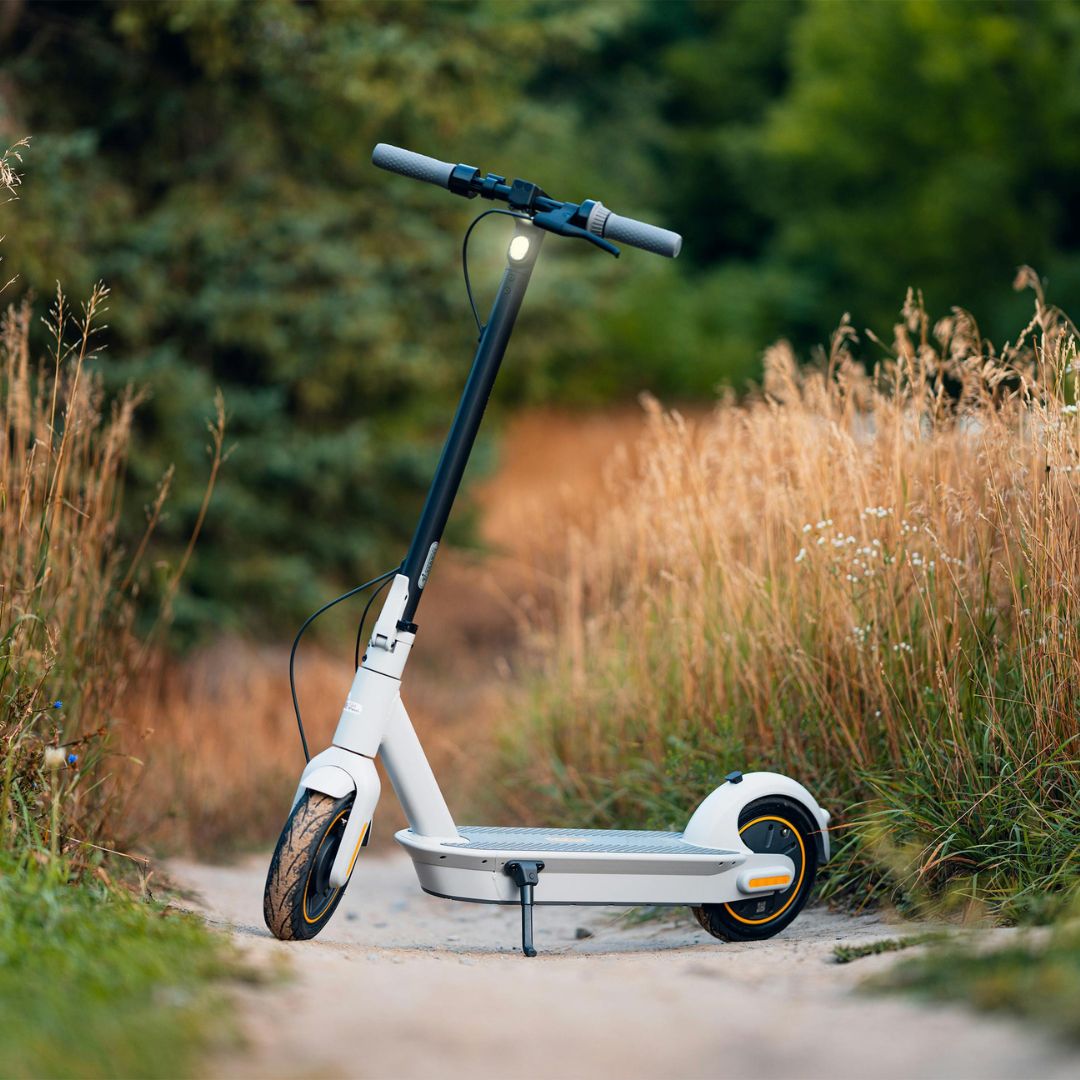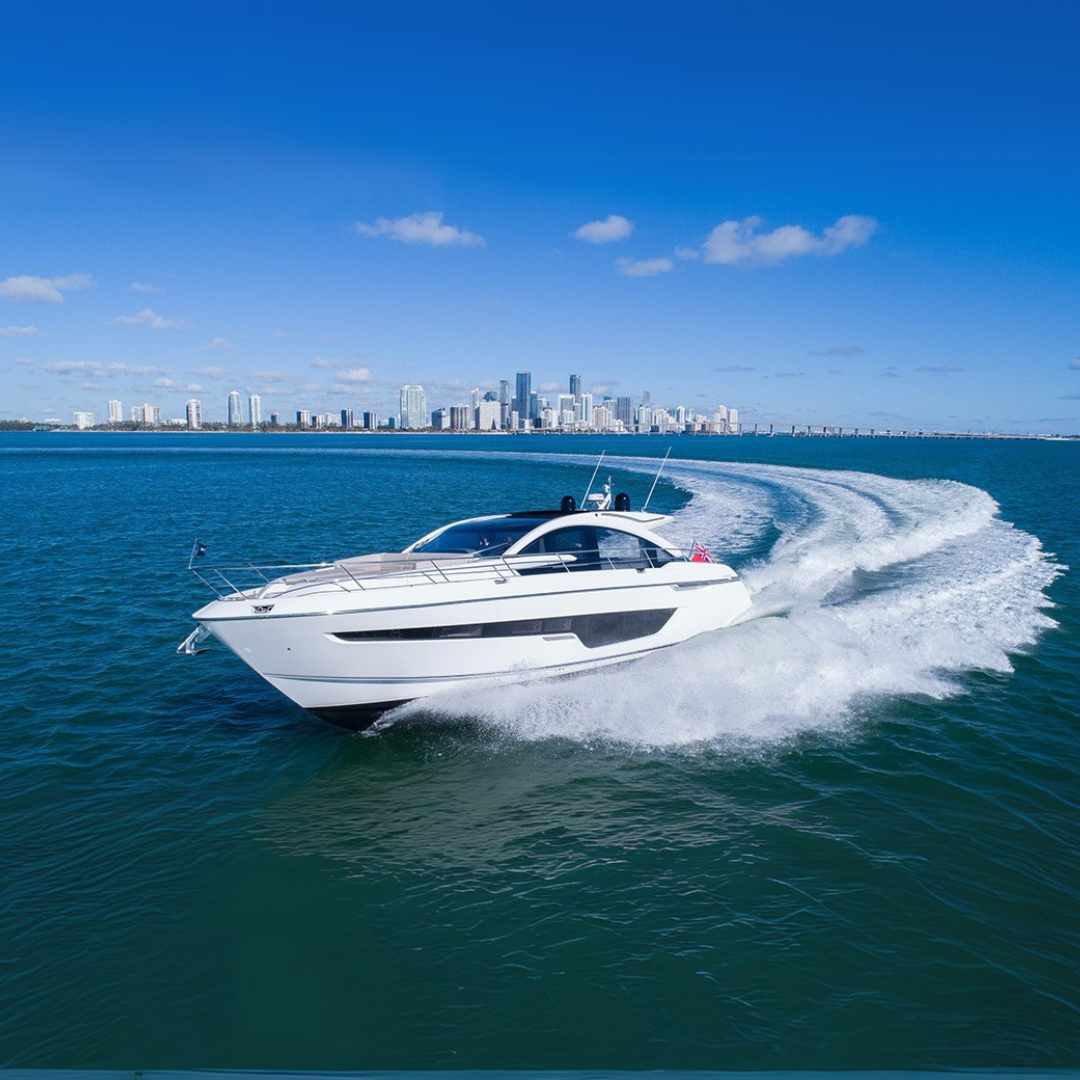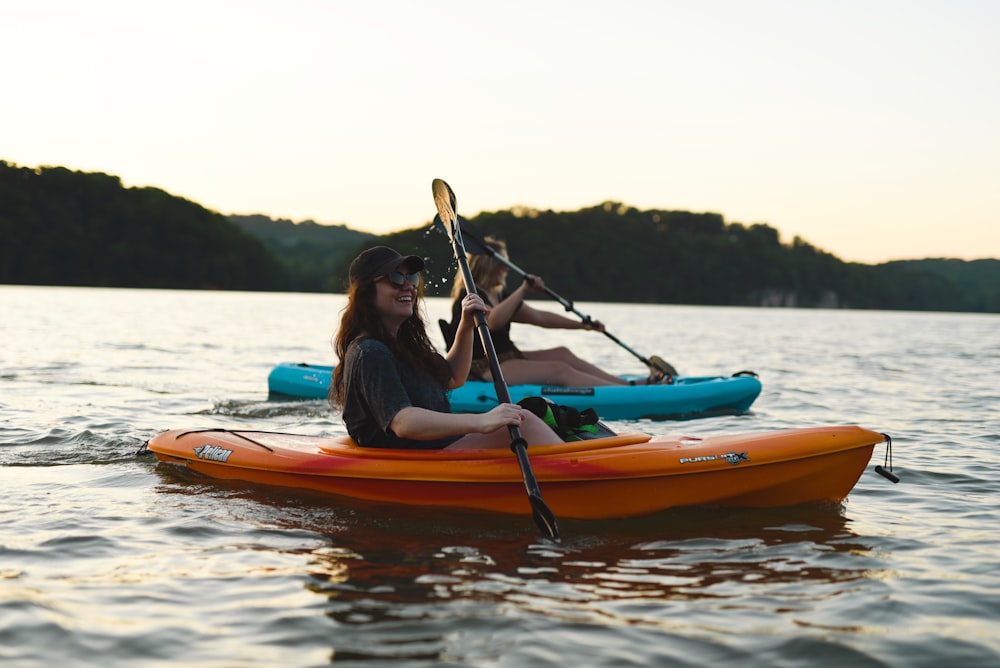The Difference Between Kayak and Sit-On-Top Kayak: A Comprehensive Guide
Kayaking is a popular water activity that provides adventure, exercise, and a unique way to explore natural landscapes. When choosing a kayak, beginners and seasoned paddlers alike often face the choice between traditional sit-in kayaks and sit-on-top kayaks. Understanding the differences between these two types can help you make an informed decision based on your needs, preferences, and intended use. Here’s a detailed comparison to guide you through the process.
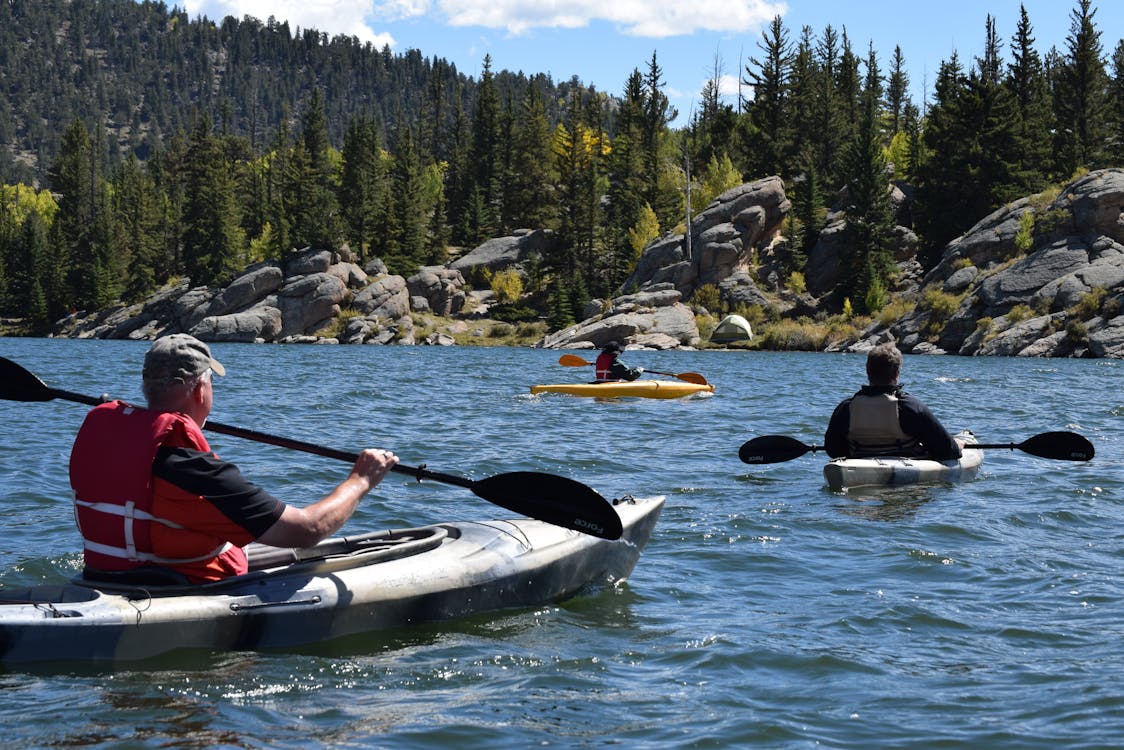
1. Design and Structure
Sit-In Kayaks
Sit-in kayaks have an enclosed cockpit where the paddler sits inside the hull. The design involves:
- Cockpit: The paddler sits inside the kayak with their legs extended under the deck, protected from water and wind.
- Spray Skirt: Often used to cover the cockpit, preventing water from entering and providing additional protection from the elements.
- Hull Shape: Typically narrow and sleek, designed for efficient paddling and better performance in various water conditions.
Sit-On-Top Kayaks
Sit-on-top kayaks have an open-top design, where the paddler sits on the deck rather than inside the hull. Key features include:
- Open Deck: The paddler sits on top of the kayak with their legs exposed, making it easier to get on and off.
- Self-Bailing: Equipped with scupper holes to drain water that comes onto the deck, ensuring the kayak remains buoyant and easy to handle.
- Stability: Usually wider, providing a more stable platform, especially for beginners.
2. Comfort and Accessibility
Sit-In Kayaks
- Protection: Offers better protection from the elements, keeping you drier and warmer in colder conditions.
- Storage: More internal storage space for gear, making them ideal for longer trips and touring.
- Paddling Efficiency: Generally more efficient for paddling, especially over long distances or in rough waters.
Sit-On-Top Kayaks
- Ease of Use: Easier to get on and off, making them ideal for beginners, casual paddlers, and those who enjoy swimming or snorkeling.
- Comfort: Provides more freedom of movement, which can be more comfortable for larger paddlers or those who feel confined in a sit-in kayak.
- Accessibility: Better suited for activities that require frequent stops, like fishing, diving, or recreational paddling in calm waters.
3. Performance and Stability
Sit-In Kayaks
- Speed and Efficiency: Designed for speed and efficiency, making them suitable for long-distance paddling, touring, and navigating challenging waters.
- Control: The enclosed cockpit provides better control and maneuverability, especially in rough conditions or when performing advanced paddling techniques.
- Lower Center of Gravity: Offers a lower center of gravity, which can enhance stability and balance in dynamic water environments.
Sit-On-Top Kayaks
- Initial Stability: Typically more stable initially due to their wider design, making them less likely to tip over, which is ideal for beginners.
- Versatility: Versatile for various activities, including fishing, diving, and recreational paddling in calm waters.
- Rescue Ease: Easier to recover from capsizing since you can simply climb back on, which can be a significant safety advantage for new paddlers.
4. Usage and Conditions
Sit-In Kayaks
- Cold Weather: Better suited for colder conditions and rough waters due to the enclosed design and potential use of a spray skirt.
- Long-Distance Trips: Ideal for touring, expeditions, and long-distance paddling where speed, efficiency, and storage are important.
- Advanced Paddling: Preferred for whitewater kayaking and more technical paddling scenarios where control and maneuverability are crucial.
Sit-On-Top Kayaks
- Warm Weather: Perfect for warm climates and calm waters where getting wet is not an issue and can be refreshing.
- Recreational Use: Great for short trips, casual paddling, fishing, and activities where ease of access and stability are key.
- Family Friendly: More suitable for family outings, beginners, and anyone who prefers a more relaxed and open paddling experience.
Conclusion
Choosing between a sit-in kayak and a sit-on-top kayak depends on your specific needs, preferences, and the type of paddling you plan to do. Sit-in kayaks offer better protection, efficiency, and control, making them ideal for long-distance paddling, cold conditions, and advanced techniques. On the other hand, sit-on-top kayaks provide greater stability, ease of use, and versatility, making them perfect for beginners, recreational activities, and warm weather paddling.
Consider the conditions you'll be paddling in, your skill level, and your intended use to make the best choice for your kayaking adventures. Whether you opt for a sit-in or a sit-on-top kayak, both offer unique advantages that can enhance your experience on the water. Happy paddling!


